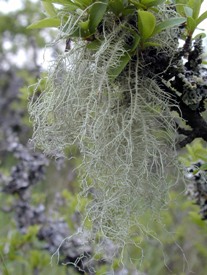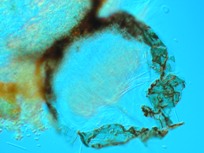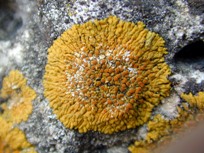Difference between revisions of "IBF Lichens"
| Line 5: | Line 5: | ||
University of Regensburg ([http://www.biologie.uni-regensburg.de/Botanik/start.html Ecology/Biology]) | University of Regensburg ([http://www.biologie.uni-regensburg.de/Botanik/start.html Ecology/Biology]) | ||
| + | |||
| + | |||
[[File:Usnea_filipendula_klein.JPG|''Usnea filipendula'']] | [[File:Usnea_filipendula_klein.JPG|''Usnea filipendula'']] | ||
Revision as of 09:39, 4 August 2010
The current lichen diversity in three natural areas belonging to three different natural territories around Regensburg will be monitored during 20 surveys in two years. They belong to three of the eight floristic regions of Bavaria. Detailed information on the occurrence of vascular plants, bryophytes, lichens and fungi are already available for these areas due to long-time floristic investigations there. The observation data gained in 2009 and 2010 will be campared with the historical data. They will give hints for changes in species diversity, and provide more information about exact localisations of the organisms observed. Another scientific goal of these investigations is to generate ecological profiles for the observed species based on the vegetation units, habitats and substrate types on which they occur. The monitoring of lichens in the Otterbach valley near Altenthann and in the calcareous dry grasslands of the "Alpiner Steig" between Eilsbrunn and Schönhofen is carried out in parallel with the monitoring of lichens (IBF Fungi).
Scientist in this workpackage: W. von Brackel
University of Regensburg (Ecology/Biology)
Brackel, W. von 2010. Checkliste der Flechtenbewohnenden Pilze Bayerns (einschließlich einiger algenbewohnender Arten). - IVL online.


